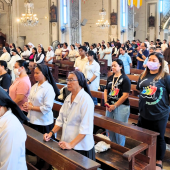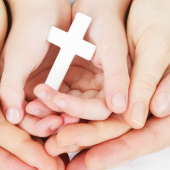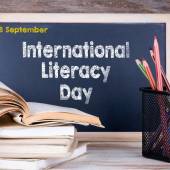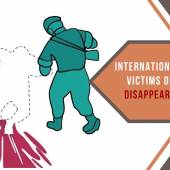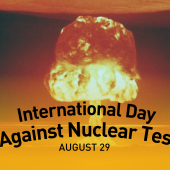Loving nature brings justice to the poor
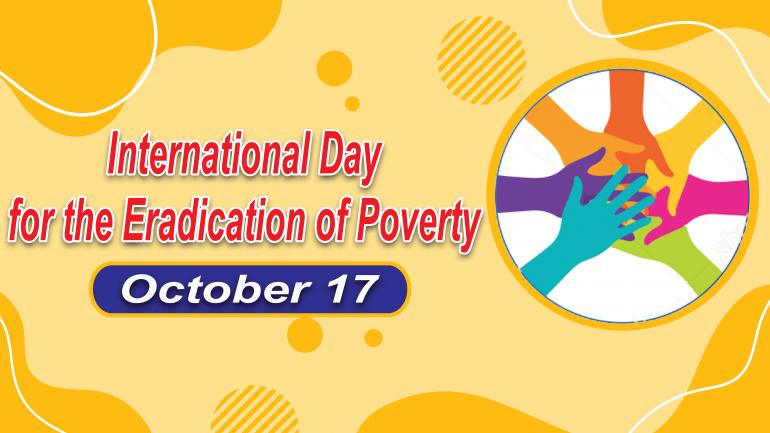
The International Day for the Eradication of Poverty, observed annually on October 17, is an opportunity to acknowledge the efforts and struggles of people living in poverty.
It is a chance for them to make their concerns heard, and a moment to recognize that the poor are the first ones fighting against poverty.
The observance of the International Day for the Eradication of Poverty can be traced back to October 17, 1987.
On that day, over a hundred thousand people gathered at the Trocadéro in Paris, where the Universal Declaration of Human Rights was signed in 1948, to honor the victims of extreme poverty, violence and hunger.
Through resolution 47/196, adopted on Dec. 22, 1992, the UN General Assembly declared October 17 as the International Day for the Eradication of Poverty and invited all States to devote the Day to presenting and promoting, as appropriate in the national context, concrete activities with regard to the eradication of poverty and destitution.
But we know from history, the International day for the Eradication of poverty was first officially marked by the UN in 1993.
Eradicating poverty means expanding the richness of human life, rather than simply the richness of the economy in which human beings live.
We cannot ignore inequality between countries, within countries and between women and men if we truly want to eradicate poverty.
The World Social Summit identified poverty eradication as an ethical, social, political and economic imperative of mankind and called on governments to address the root causes of poverty, provide for basic needs for all and ensure that the poor have access to productive resources, including credit, education.
In 2020, the theme is selecting for the celebrating of the day is “Acting together to achieve social and environmental justice for all.”
The theme for the Day this year addresses the challenge of achieving social and environmental justice for all.
The growing recognition of the multi-dimensionality of poverty means that these two issues are inseparably intertwined, and that social justice cannot be fully realized without aggressively rectifying environmental injustices at the same time.
Whereas progress has been made in addressing income poverty, there has been less success in addressing the other important dimensions of poverty, including the rapidly growing impact of the environment, within a more holistic approach.
As we see, people living in extreme poverty, often through sheer necessity, are the first to act decisively within their communities in response to poverty, climate change and environmental challenges.
However, their efforts and experience often go unnoticed and unappreciated; their ability to contribute positively to solutions has been overlooked; they are not recognized as drivers of change, and their voices are not heard, especially in international bodies.
This must change. The participation, knowledge, contributions and experience of people living in poverty and those left behind must be valued, respected and reflected in our efforts to build an equitable and sustainable world in which there is social and environmental justice for all.
During this day what we can do? Various non-government organizations and community charities support the Day for the Eradication of Poverty by actively calling for country leaders and governments to make the fight against poverty a central part of foreign policy.
Other activities may include signing “Call to Action” petitions, organizing concerts and cultural events, and holding interfaith gatherings that may include a moment of silence.
So, at last I would like to say, our main purpose to celebrate this day is to promote people’s awareness of the need to eradicate poverty and destitution worldwide, particularly in developing countries. - Nikhil Gomes
Radio Veritas Asia (RVA), a media platform of the Catholic Church, aims to share Christ. RVA started in 1969 as a continental Catholic radio station to serve Asian countries in their respective local language, thus earning the tag “the Voice of Asian Christianity.” Responding to the emerging context, RVA embraced media platforms to connect with the global Asian audience via its 21 language websites and various social media platforms.









